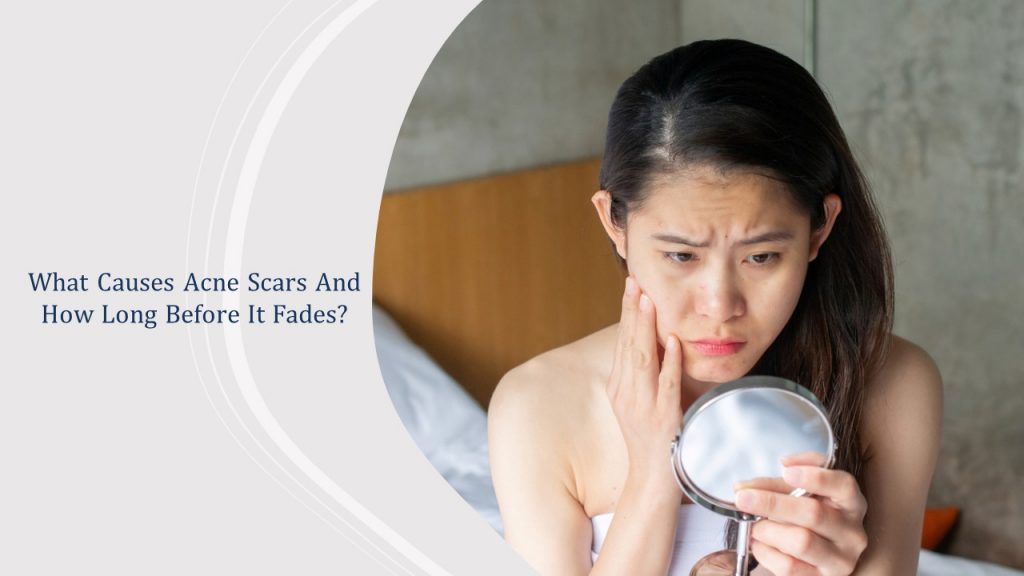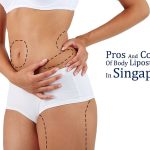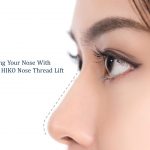Acne is a common condition that most of us have to deal with. It can affect anyone regardless or age, gender or ethnicity. While acne itself is unsightly and irritating, it can make things worse when it leaves behind those stubborn scars that are mostly permanent. Some scars may fade away over time while others would need acne scar treatment to get rid of them or, at least, make them less visible.
So, what causes acne scars and how long does it take for them to fade away? What are the different types of acne scars and which acne scar removal treatment option in Singapore would be effective against each type? Let’s explore some details.
Why Do Some Scars Fade On Their Own And Others Leave A Mark?
It is common for acne to leave behind some marks as evidence of a breakout. However, all marks are not scars and they can be superficial. These are also referred to as post-inflammatory hyperpigmentation. If the patient’s skin remains smooth in the red or dark areas, they just have an acne mark that can be expected to fade away on its own in 3-6 months. There are a minority of individuals who may not experience total disappearance of the marks and may require treatments to lighten those marks.
However, if there is a scar, it means that the skin has been damaged permanently and needs acne scar treatment for the scar to disappear. Acne scars tend to change one’s skin texture and can only be fixed through a treatment that makes corrections at a deeper skin level.
What Causes Acne?

Acne lesions usually grow when oils, bacteria, and dead skin clog the pores and inflame them. Sometimes, these clogged pores have a smaller size and this leads to blackheads or whiteheads. If this clogging results in inflammation of the pores, it can cause other acne types. For some people, acne is more of a genetic issue as well.
How Does Acne Cause Scars?
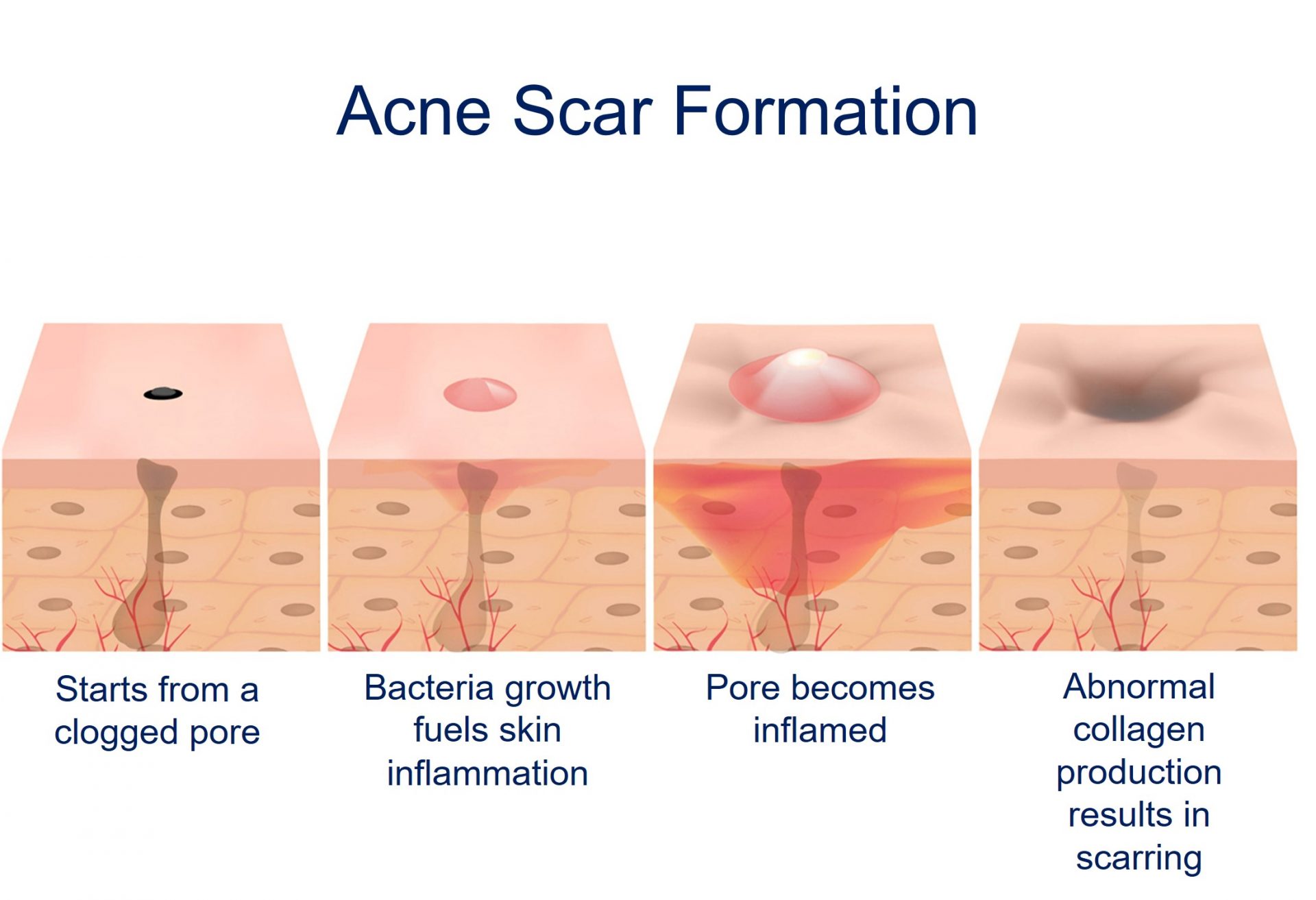
Acne scars usually form due to the inflammation in acne blemishes. The swelling in acne pores initiates the breakdown of the pores’ walls. For scars to form, however, there should be significant inflammation. The inflammation of the skin causes extra blood cells to move into that affected area, and they begin the enzyme production process which includes certain wound-healing enzymes as well so that collagen can be produced.
If the collagen production works normally, the scars won’t form. Sometimes, however, the MMPI enzymes that inhibit collagen affect its production and, eventually, lead to acne scars.
Picking at the skin when blackheads or whiteheads form can lead to increased inflammation. This can increase the chances of acne causing scars.
How Many Types Of Acne Scars Are There?
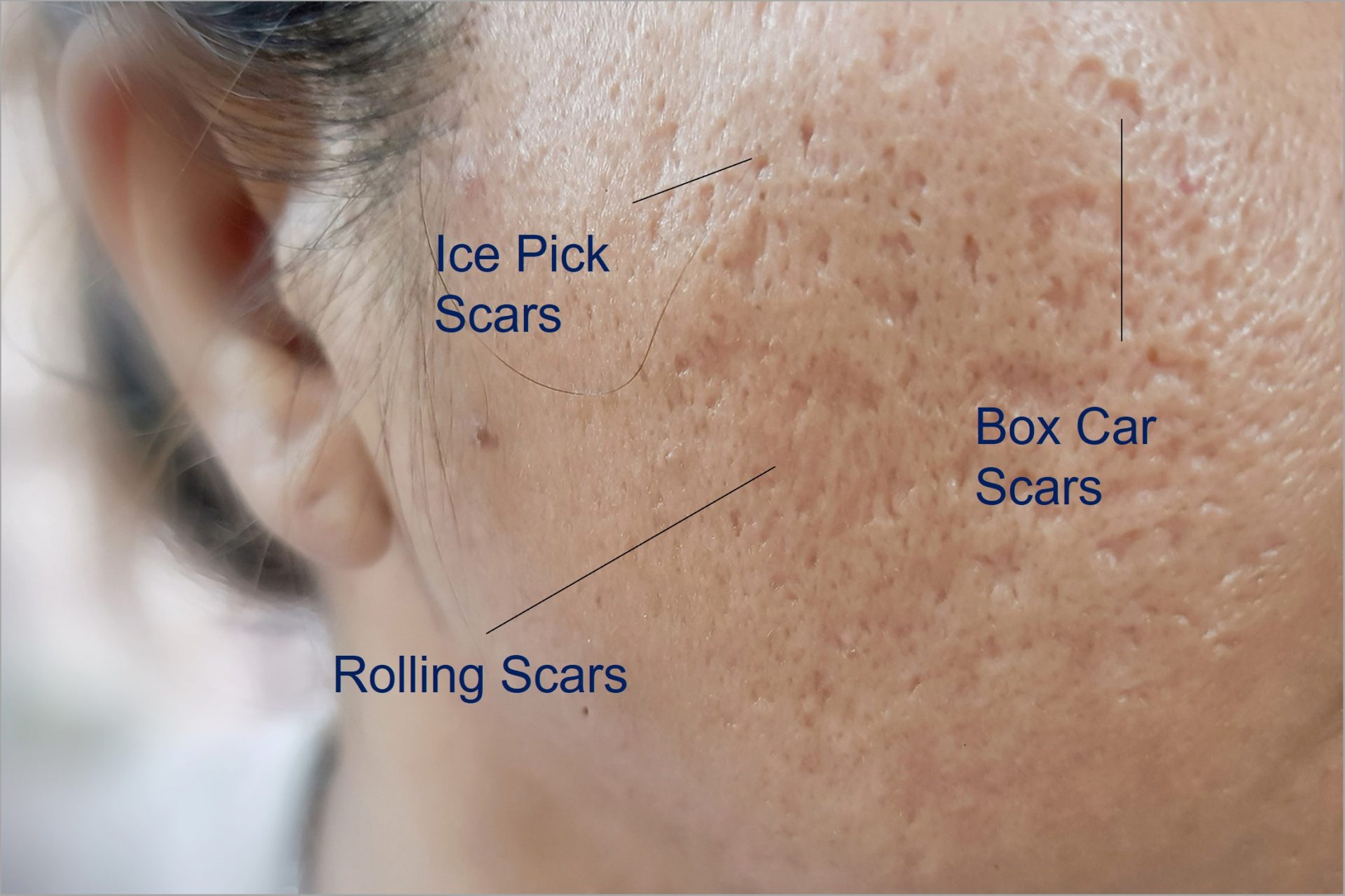
The acne scars are, generally, categorized into four types. These include:
- Rolling Scars
Rolling scars often form after moderate-to-severe acne when the skin is left with a wavy, uneven contour. The sloping edges of these indents make the skin contour look wavy and uneven.
- Ice-Pick Scars
The ice-pick scars are wider at the top and they become narrower as they go deep into the skin. They are more like a linear depression. These scars are, generally, challenging to heal.
- Boxcar Scars
These are box-like, wider scars that have relatively sharper edges. The edges go deeper into the skin.
- Keloid Scars
The Keloid scars are more like raised growths off the patient’s skin. They result from the overgrowth of the fibrous tissue in the acne-affected region.
How Common Is Acne Scarring?
Acne scarring is very common. Almost 80 percent of individuals have acne between 11-30 years of age. And, one in every five individuals with acne ends up with acne scars. Teenagers are normally hit the hardest as almost 90 percent of them get acne.
What Treatment Options Are There?
There are different types of Acne Scar Treatment in Singapore available to treat acne scars. Most of the techniques used for Acne Scar Removal are effective against all the types of scars mentioned above, while some are only effective against specific types. Here are some common treatment options for acne scar removal.
TCA Peels

TCA Peels use trichloroacetic acid for improving the appearance of the skin. These peels are medium-depth peels and can penetrate into the skin deeper than the salicylic or glycolic acid peels. This makes them a perfect choice for individuals with scars or pigmentation problems. They remove the dead skin cells from the skin and stimulate the growth of new skin cells. They are available in different concentrations or strengths of acid and can effectively treat all the acne scar types. More often, however, they are used to treat deeper scars such as those classified under ice picks.
Microdermabrasion
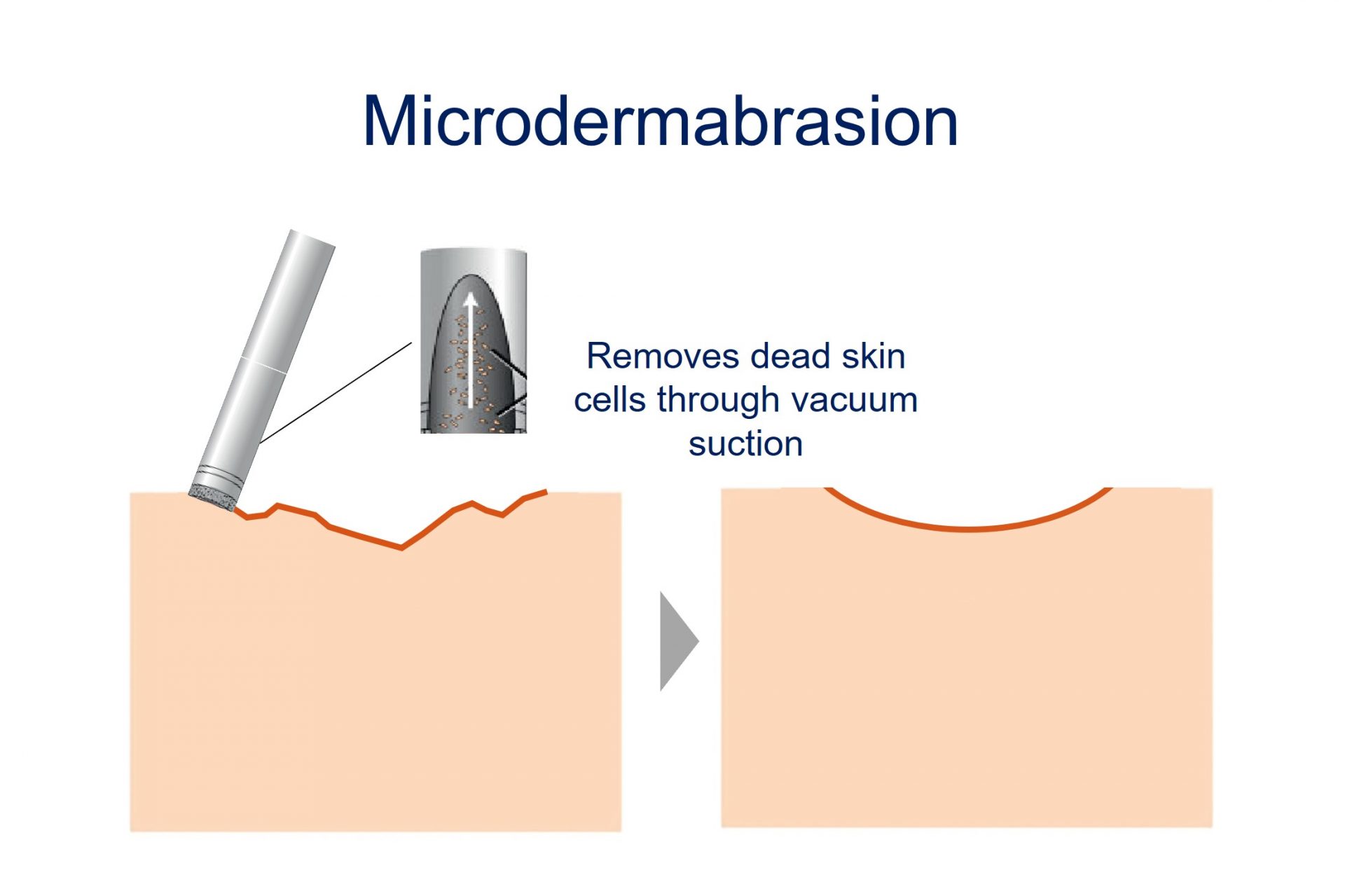
Microdermabrasion also works by removing the surface skin in the bid to encourage new skin growth from underneath. It uses small crystals that attached to a handpiece and it is rubbed on the affected area to remove skin’s outer layer gently. It is effective for treating depressed scars but only treat those which is shallow and mild. They aren’t as effective in case where the scars are deep.
Fillers
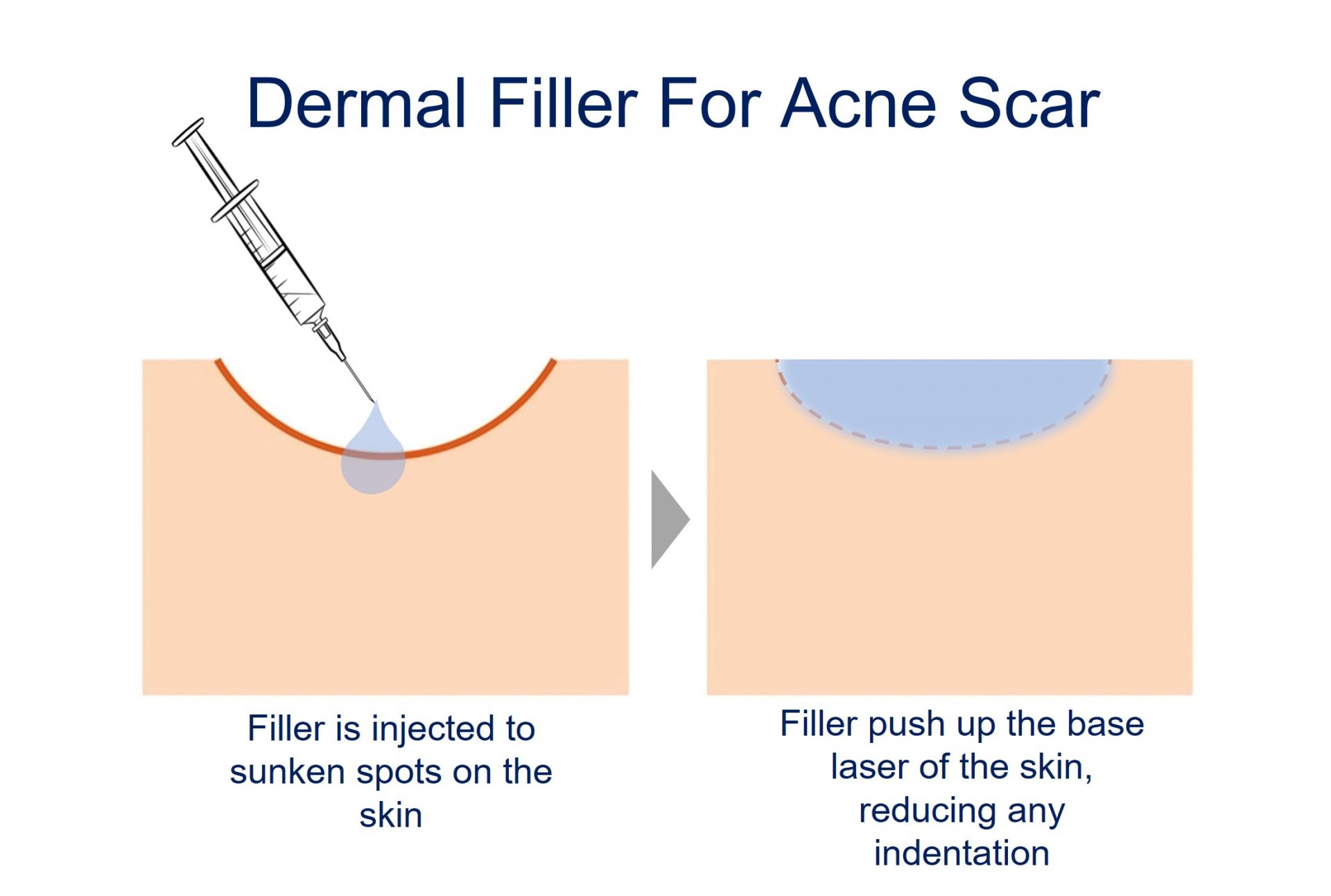
Dermal fillers are often used to even out the affected skin by filling in the acne scars. The fillers are injected exactly under the affected skin surface, and they help with smoothing out the depressed scars as they plump up the skin. This Acne Scar Treatment is effective for individuals with deep rolling or boxcar scars.
Lasers
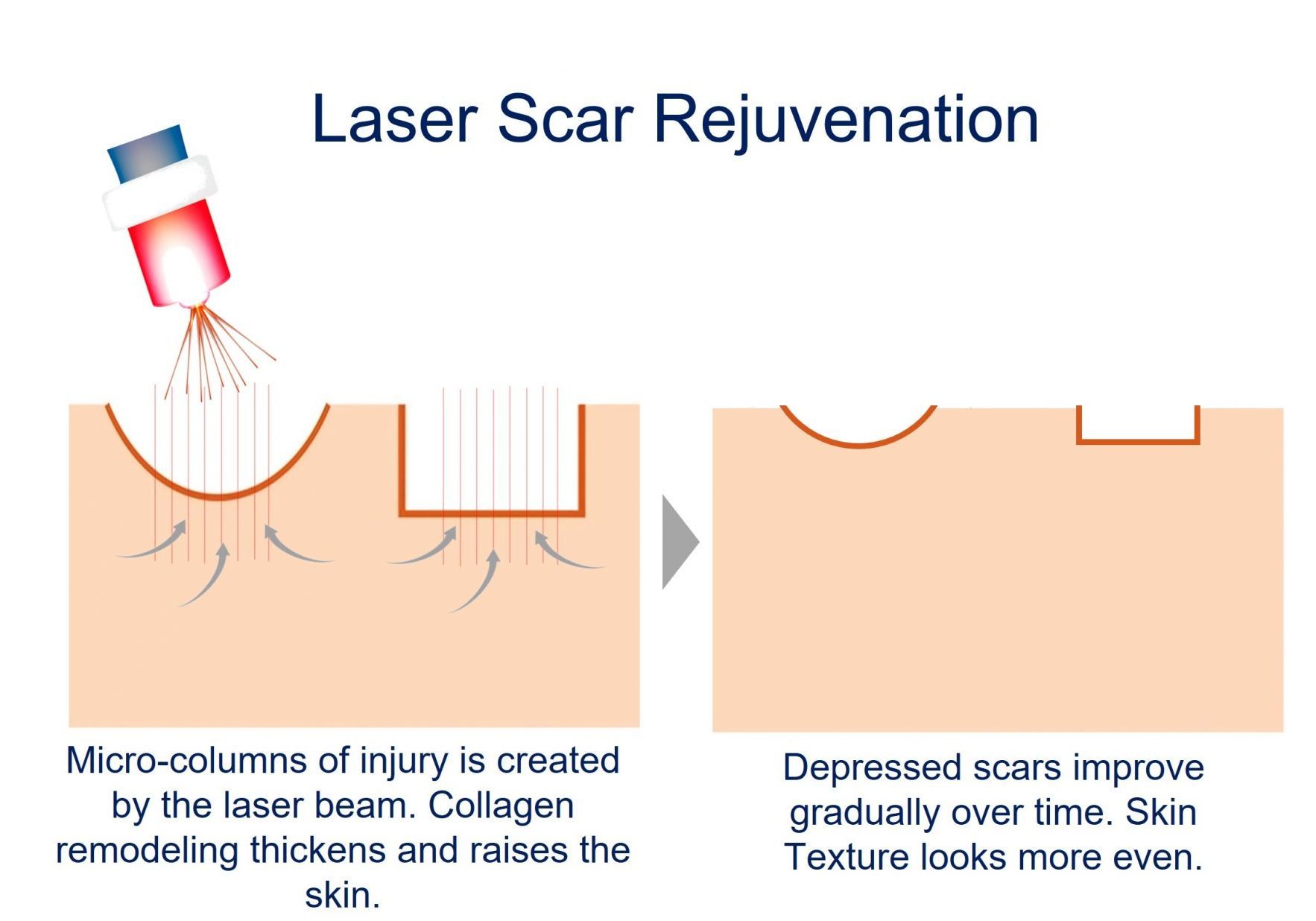
Laser resurfaces works like dermabrasion and chemical peels as it removes the outer skin layer to treat acne scars. It expels the pigmented epidermal cells from the targeted area and promotes new collagen production to result in a smoother skin surface without scars. This treatment option works well for all types of acne scars.
Subcision
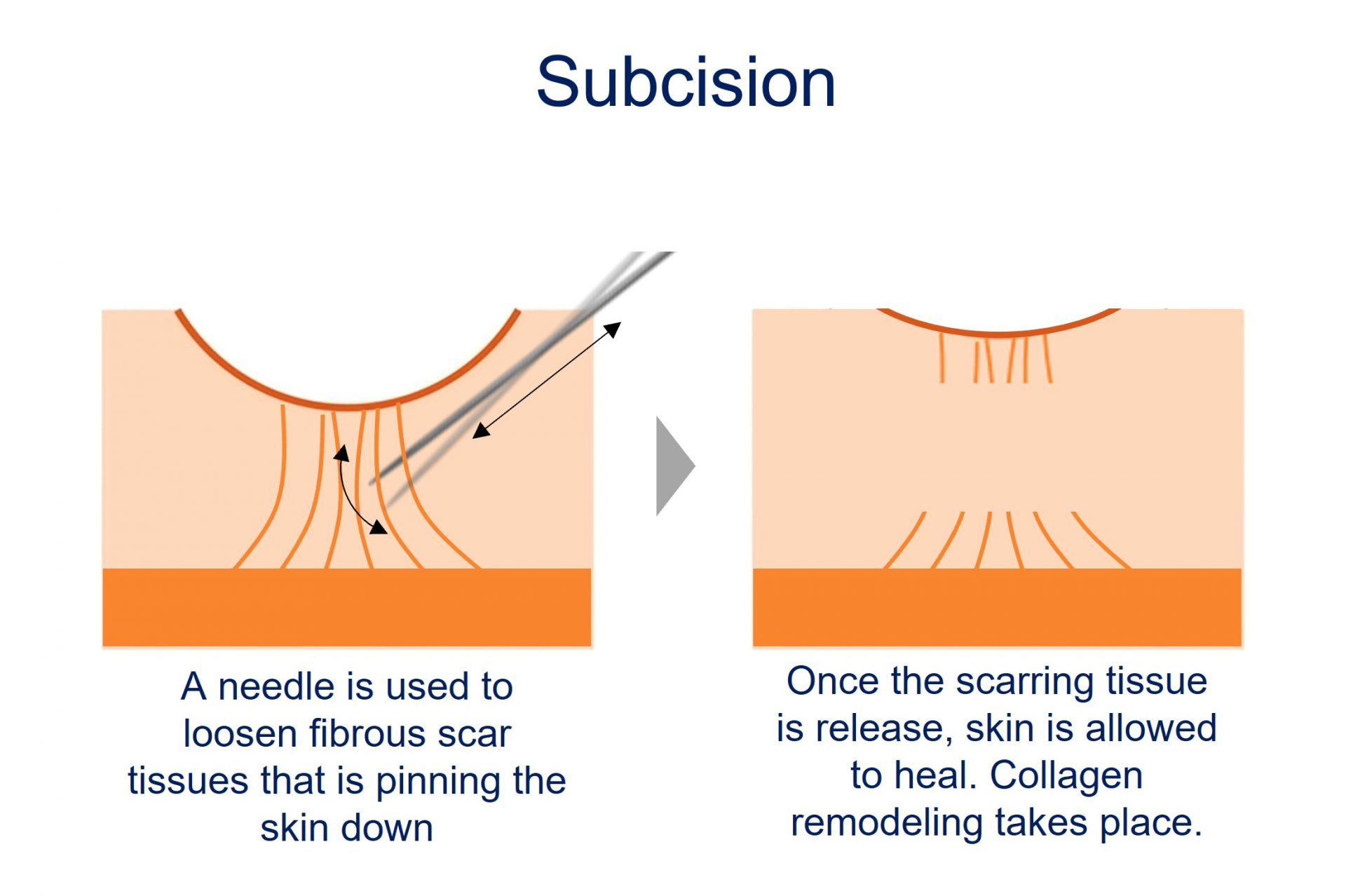
It is a minor surgical procedure that involves the insertion of a small needle into the scarred skin so that the acne scars could be released from any underlying tethering tissues. It helps the skin to rejuvenate and rise as collagen remodeling takes place. The appearance of the scars looks less depressed over time. No incisions are made in this procedure and it can help improve depressed scars, especially the rolling scars.
Dermal Grafting

The dermal grafting procedure levels up any depressed areas of the skin using the natural skin tissues of the patient. When the depressions are leveled up, the overall texture of the patient’s skin improves automatically. Generally, the skin for grafting is taken from behind the ear of the patient under local anesthesia. This collagen-rich dermis is placed on the scarred area just under the skin. As a result, the scar surface is elevated, and depression is improved. This treatment option is best suited for deep rolling or boxcar scars that do not respond well to other treatment options.
Which Areas Is Acne Scar Removal Treatment Suitable For?
Acne Scar Removal Treatment in Singapore is appropriate for removing acne scars from the face and the body of the patients.
How Many Treatment Sessions Do I Need?
How many sessions does a patient need actually depends on how severe the scars are, and the ability of the skin to regenerate and heal. It can take a few months for the acne scars to improve and become less visible as the skin needs time to react to treatments. Hence, patience is key when undergoing acne scar treatment programs.
What Are Some Of The Questions I Should Ask During Consultation?
During a consultation with a medical doctor, one should discuss all their concerns about the procedure with their doctor and should try to get as much information as possible about the treatment advised to them. Some common questions can include:
- Which Acne Scar Treatment would work best for me?
- Are acne scar removal treatments painful?
- What should I expect right after the treatment?
- How much is the recovery time after the procedure?
- How may I be able to prevent scars from forming again?
- Realistically, what kind of improvements can be expected after treatment?
Conclusion
There are different options available for acne scar removal in Singapore, and one should consult with their doctor before undergoing one of these treatments. The choice of treatment also depends on the type of scars that needs to be treated. Some scars may fade away over time, but most of them are permanent and acne scar treatment can help to improve the appearance of that to restore a smoother and more even complexion.
About Dream Aesthetics and Plastic Surgery
Bespoke surgical for cosmetic or medical reasons is what Dream covers to bring out the beauty in every individual. Going beyond the aesthetics and working on physical anomalies are what we value the most in leading our patients to cherish self-improvement and confident lifestyles.
Derived from Associate Professor Vincent Yeow’s long-standing experience performing plastic surgery in Singapore, our treatment plans deliver physical remodelling in our patients’ favour. One of the notable remodellings is droopy eyelid correction. The ptosis surgery used for treatment eventually fixes drooping eyelids, improves vision and enhances appearance.
Most importantly, as a trustworthy plastic surgery and aesthetic clinic, we treasure positive and natural outcomes for each individual. We will ensure to deliver the beauty refinement of your dream without compromising your safety and privacy.

